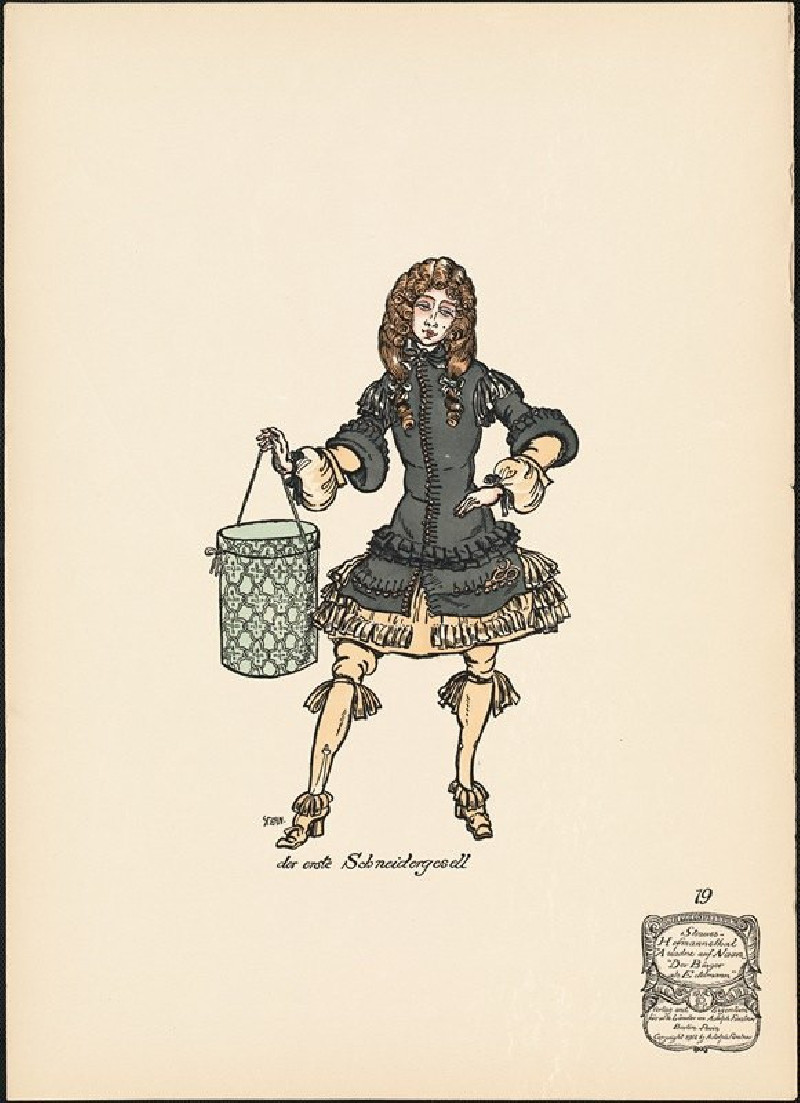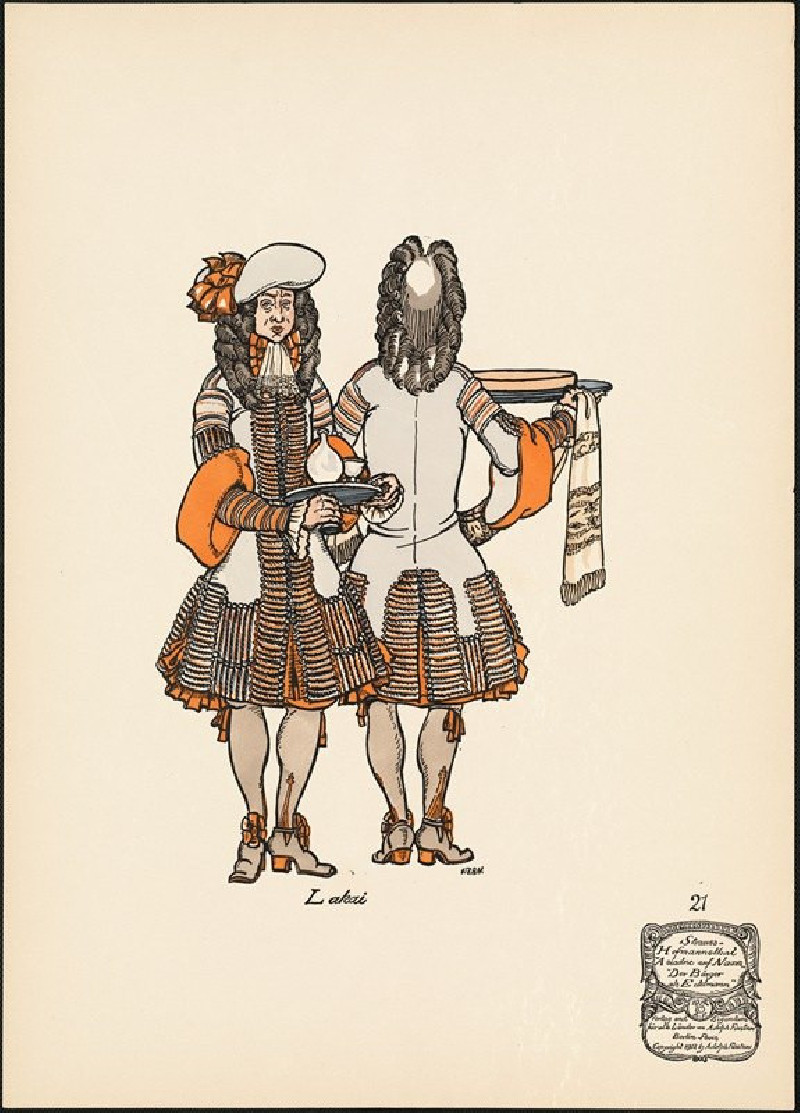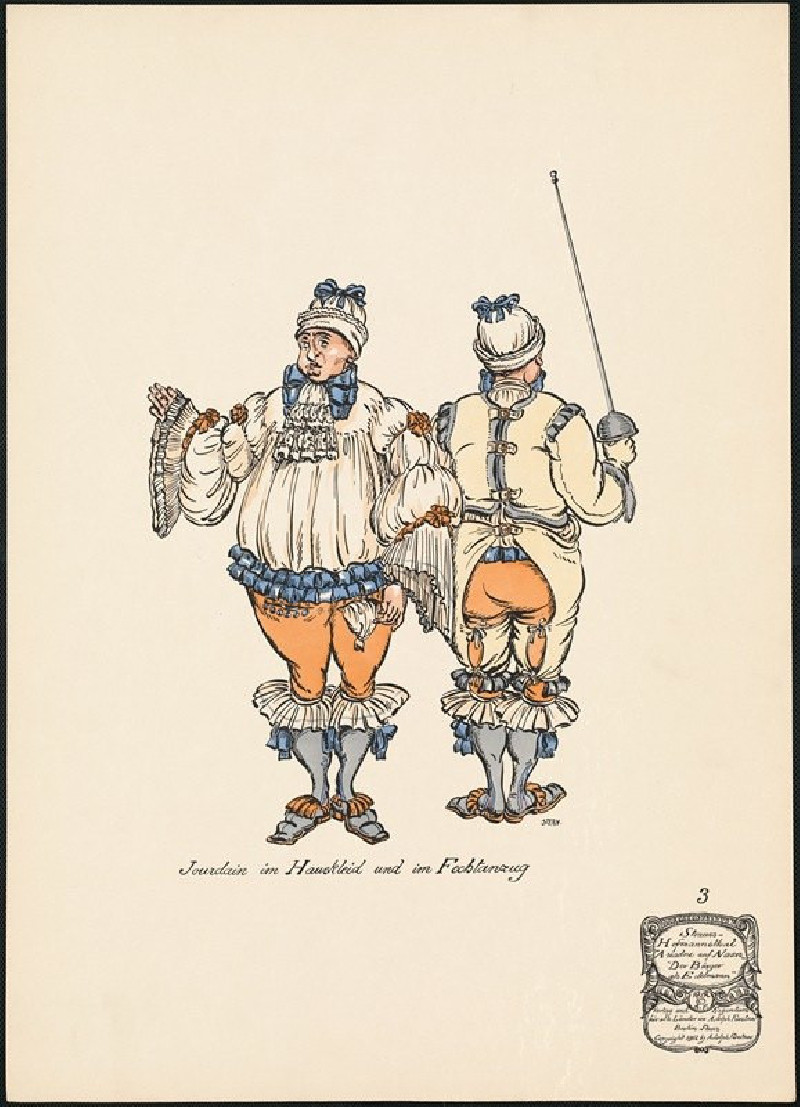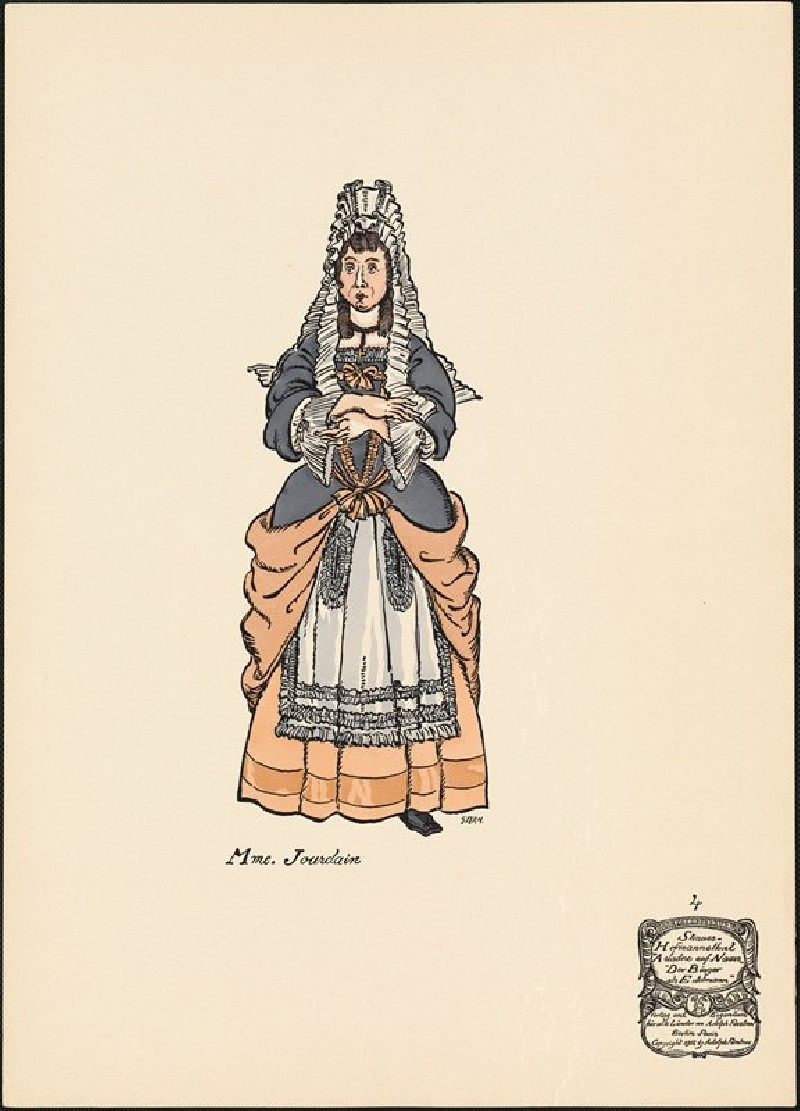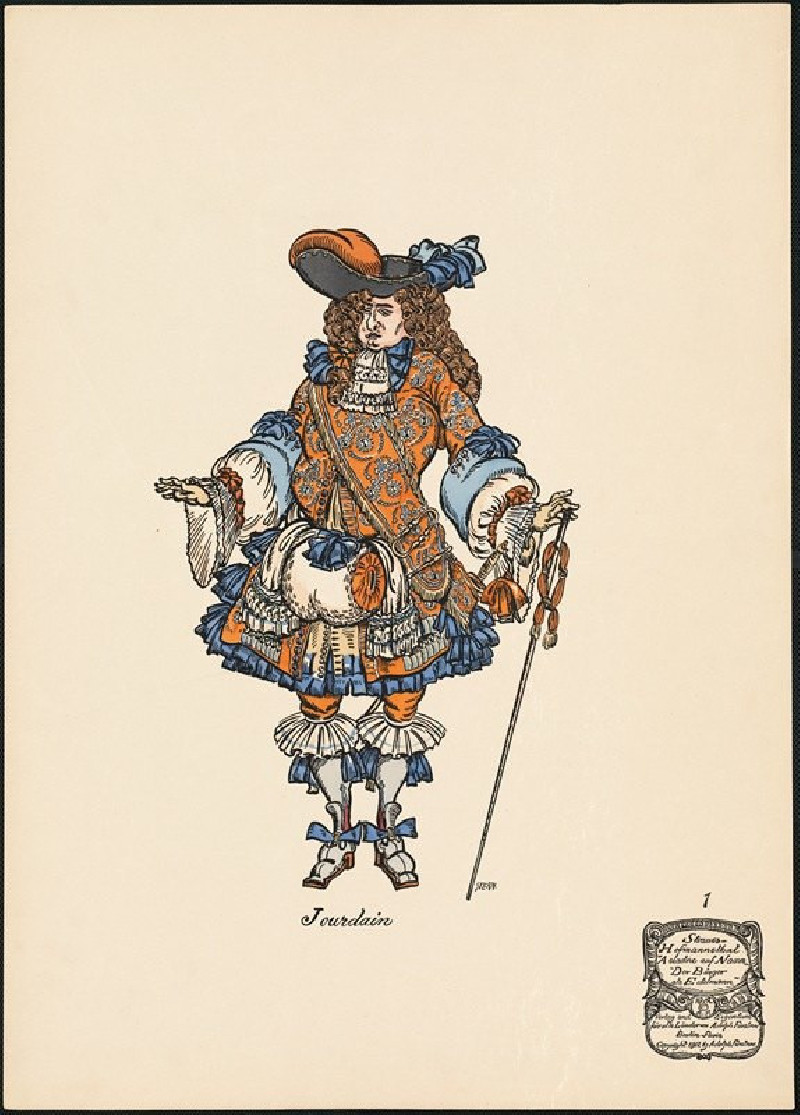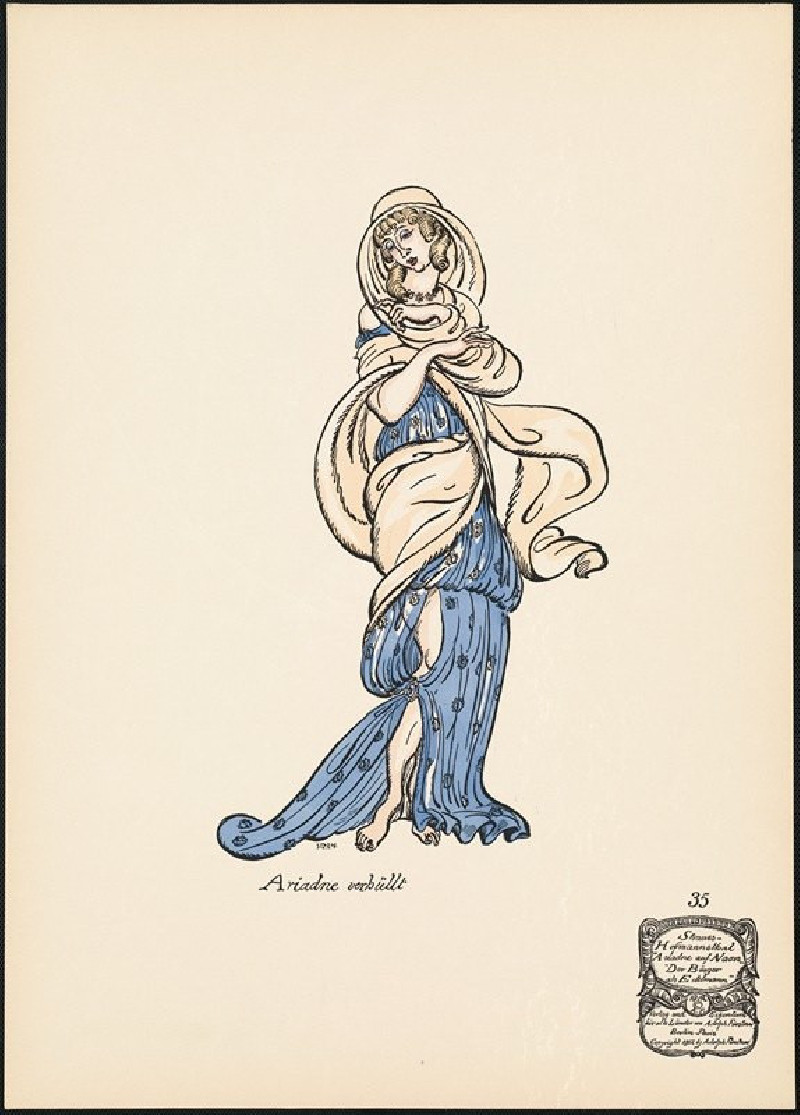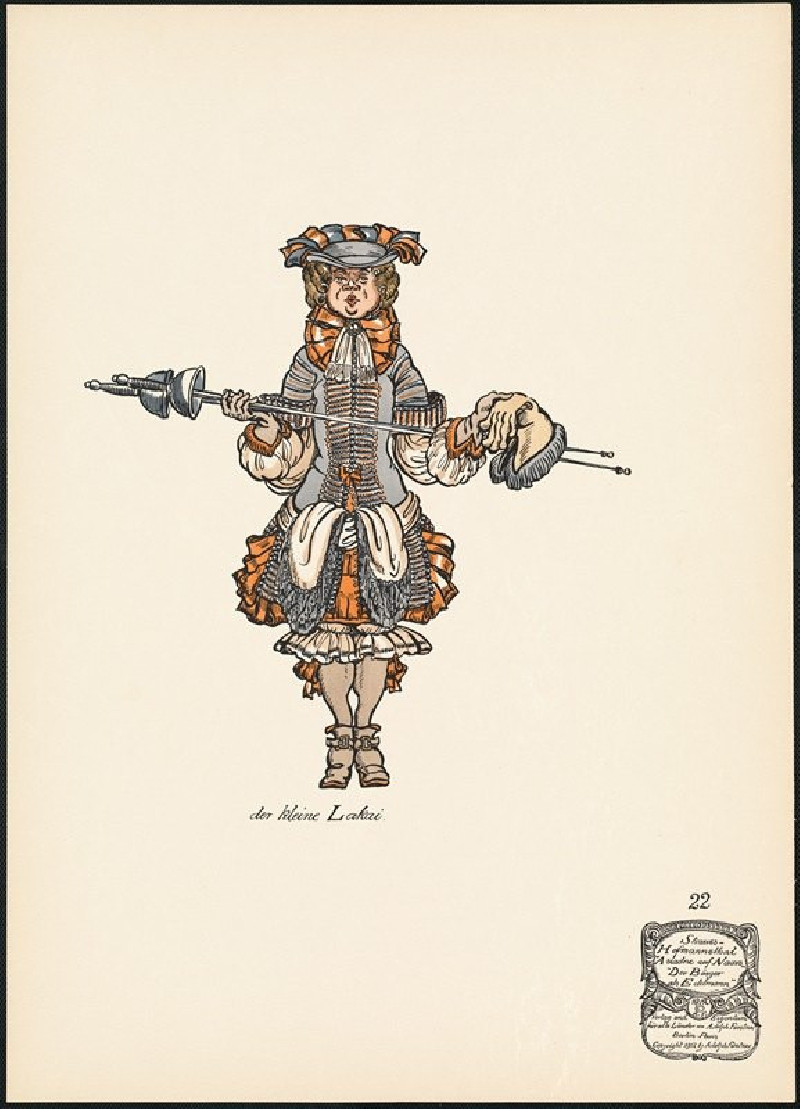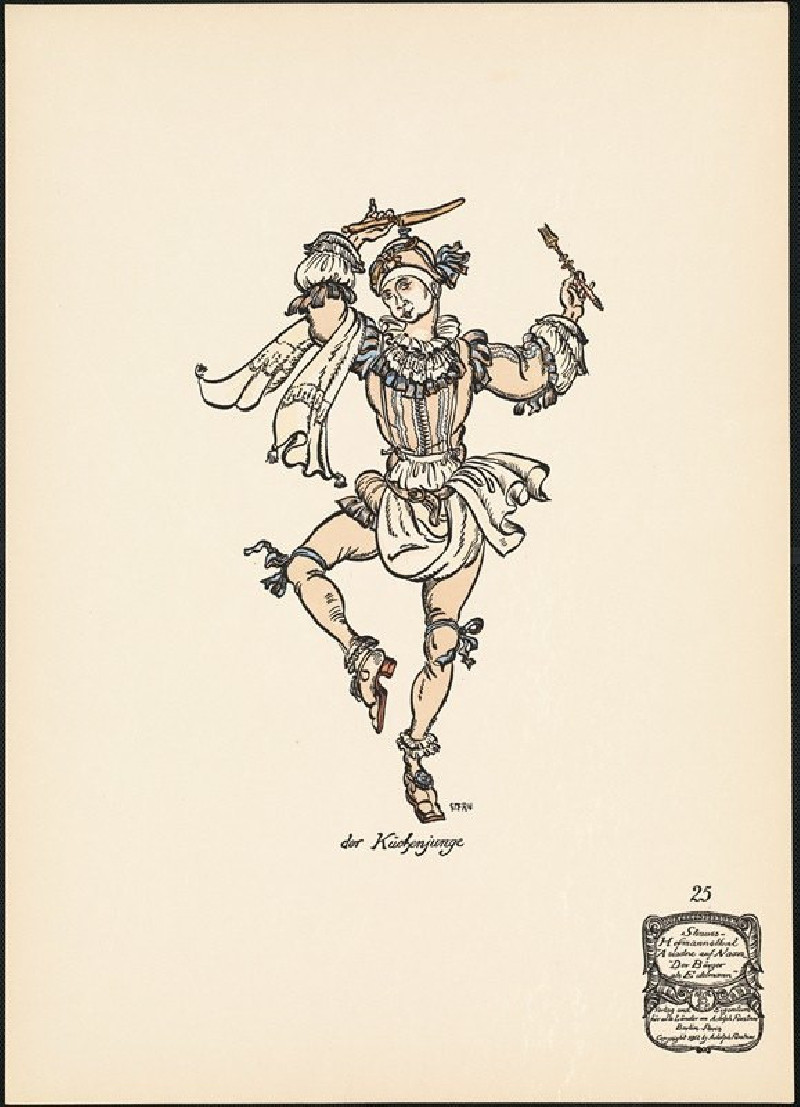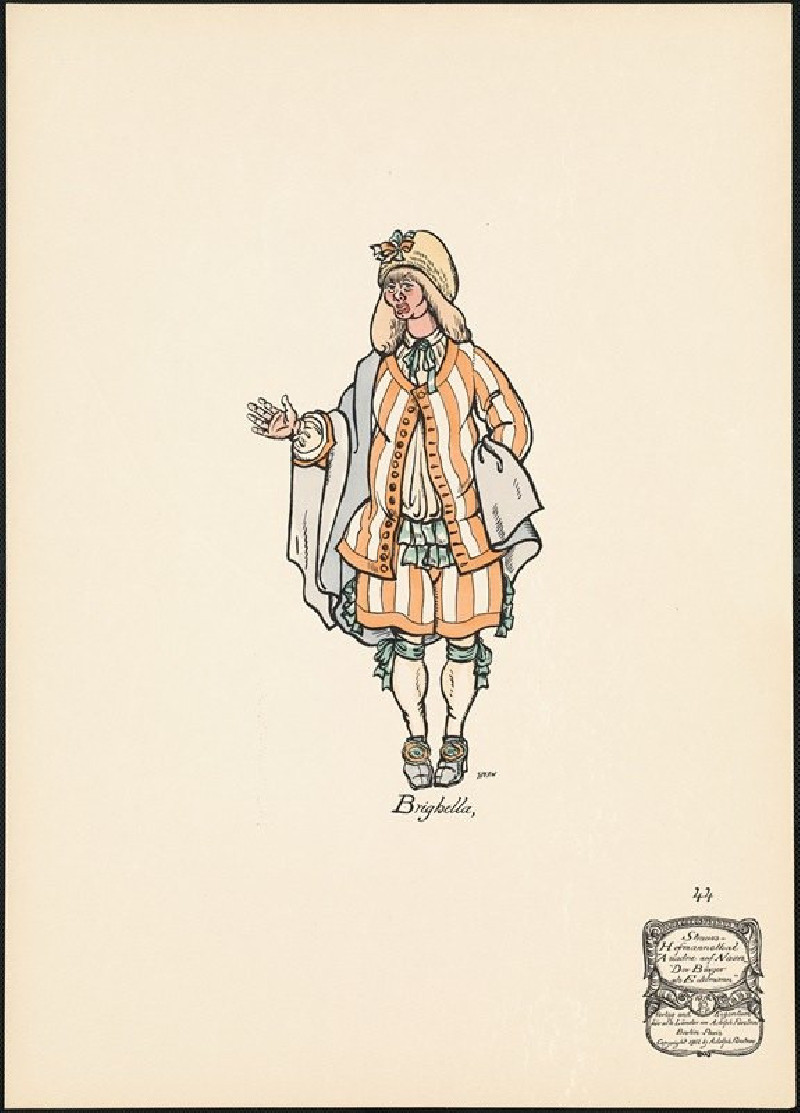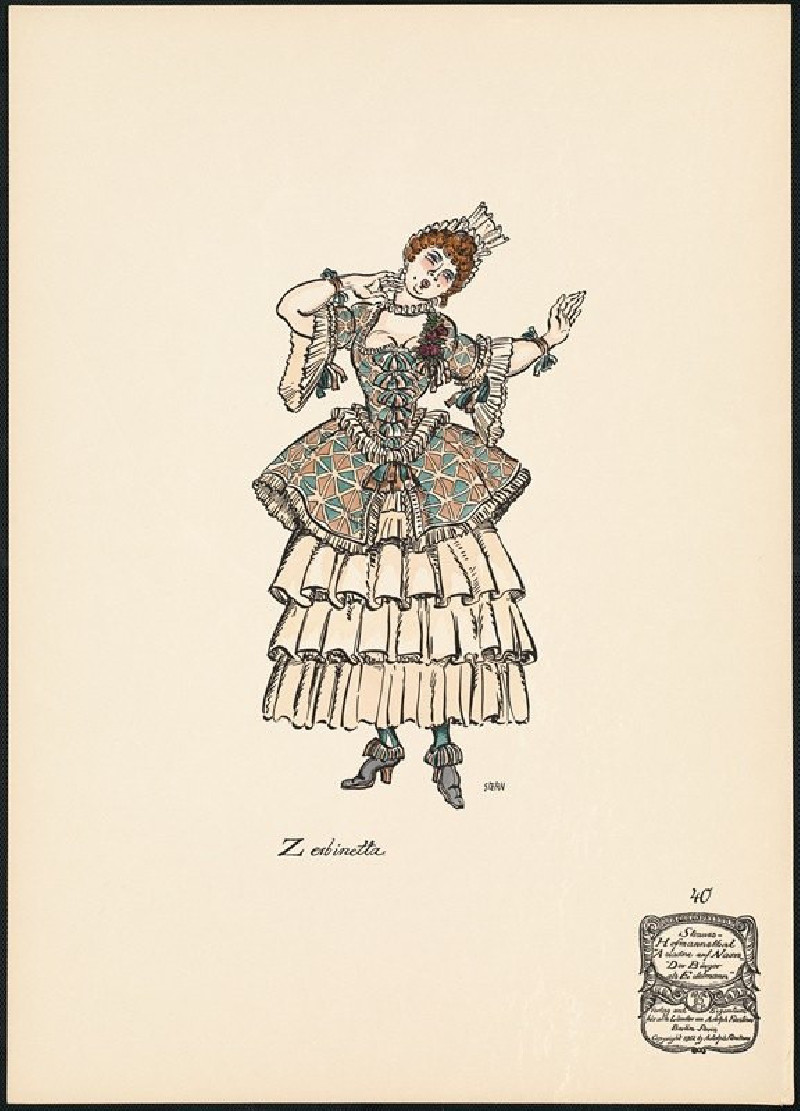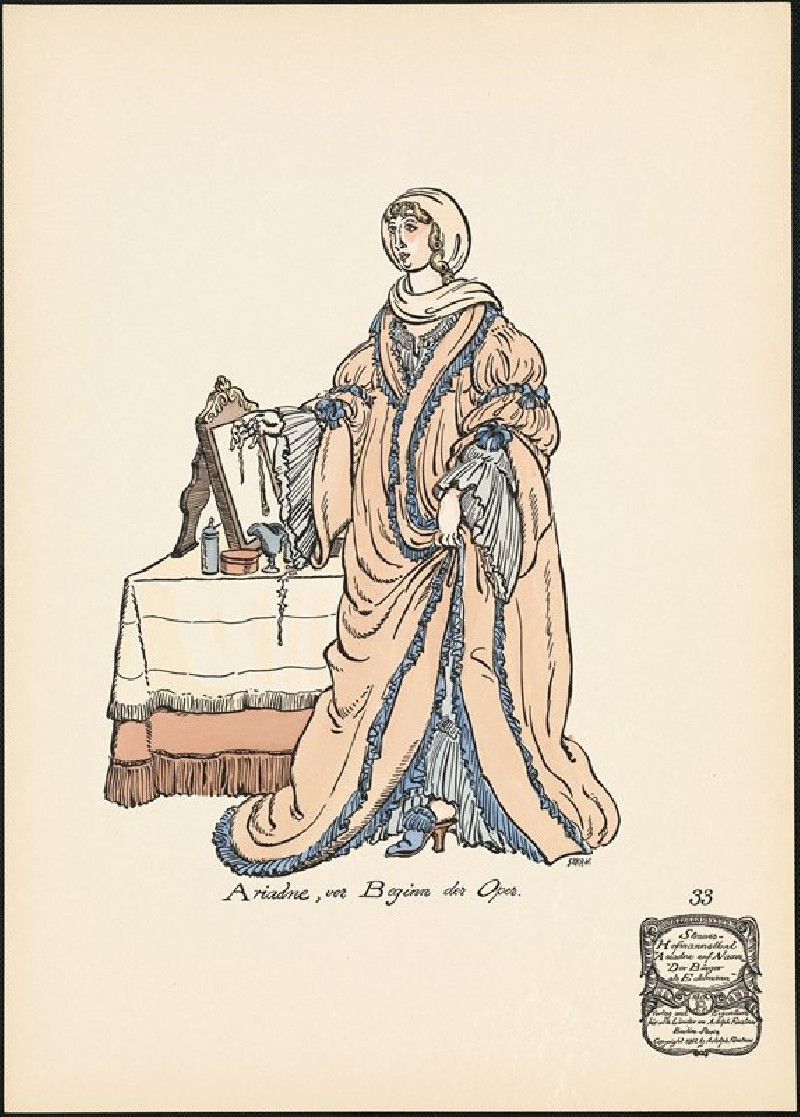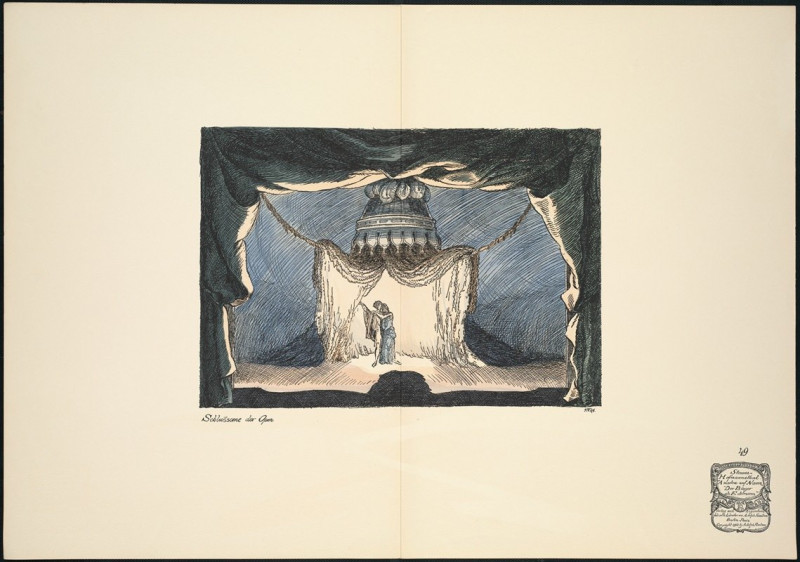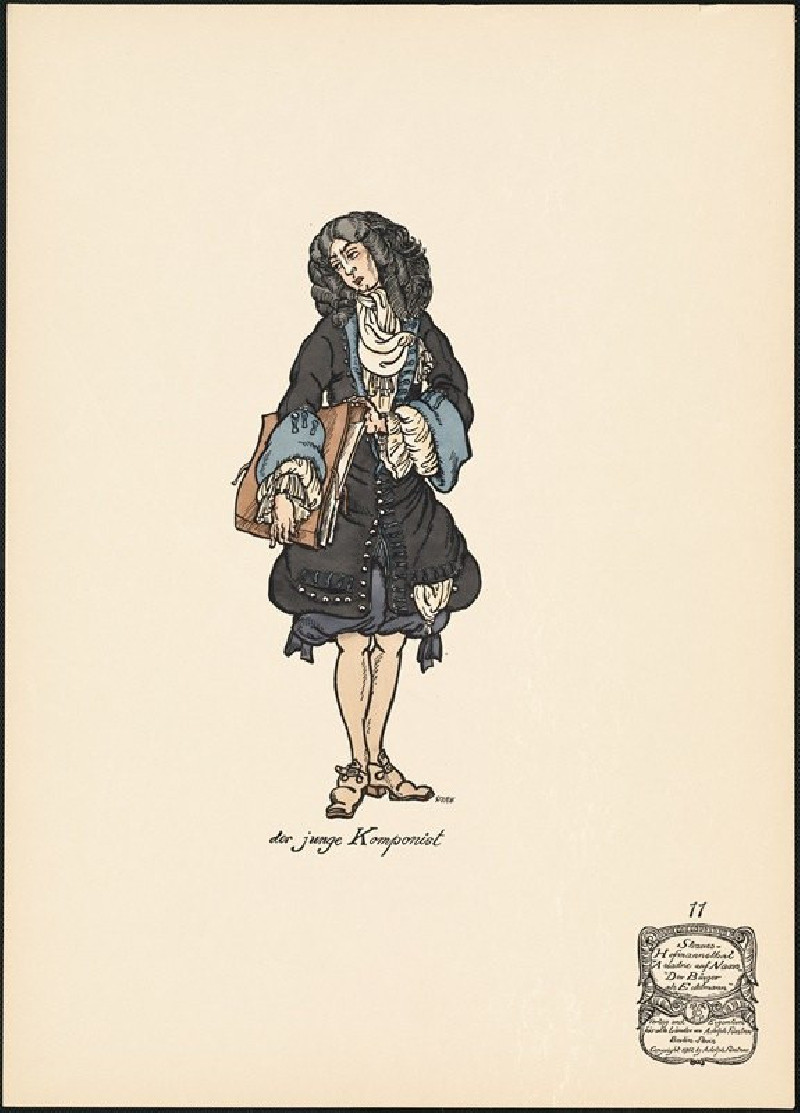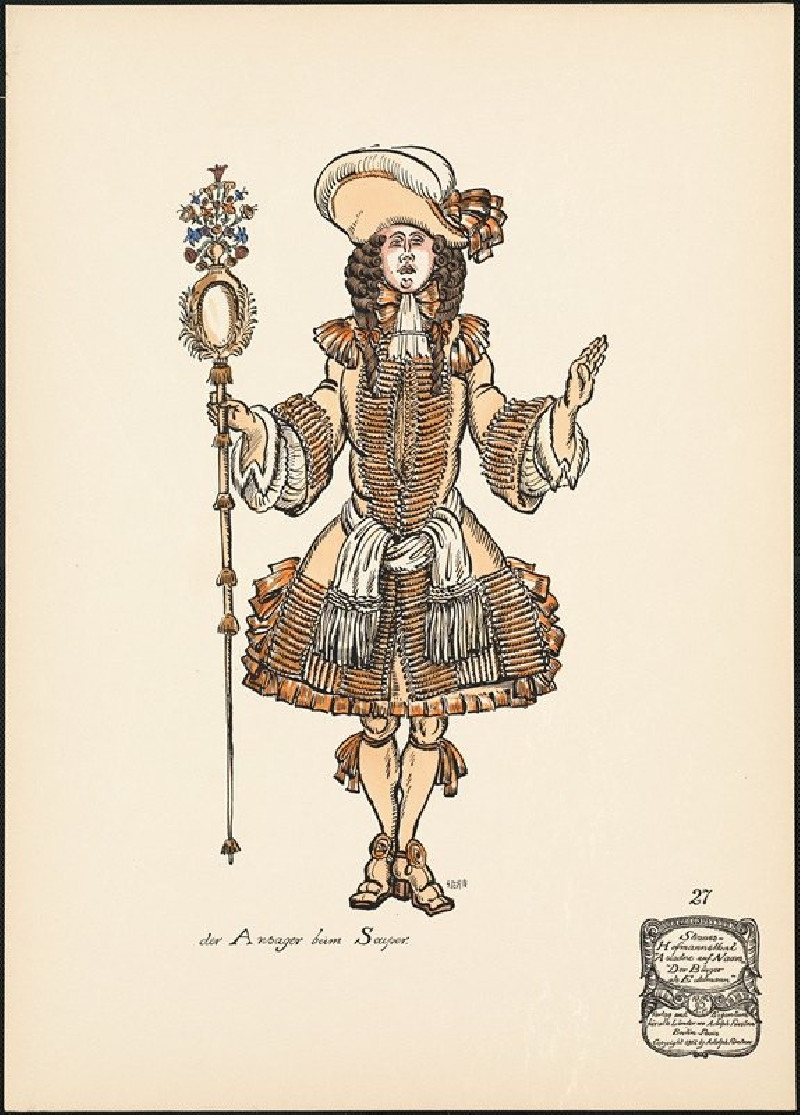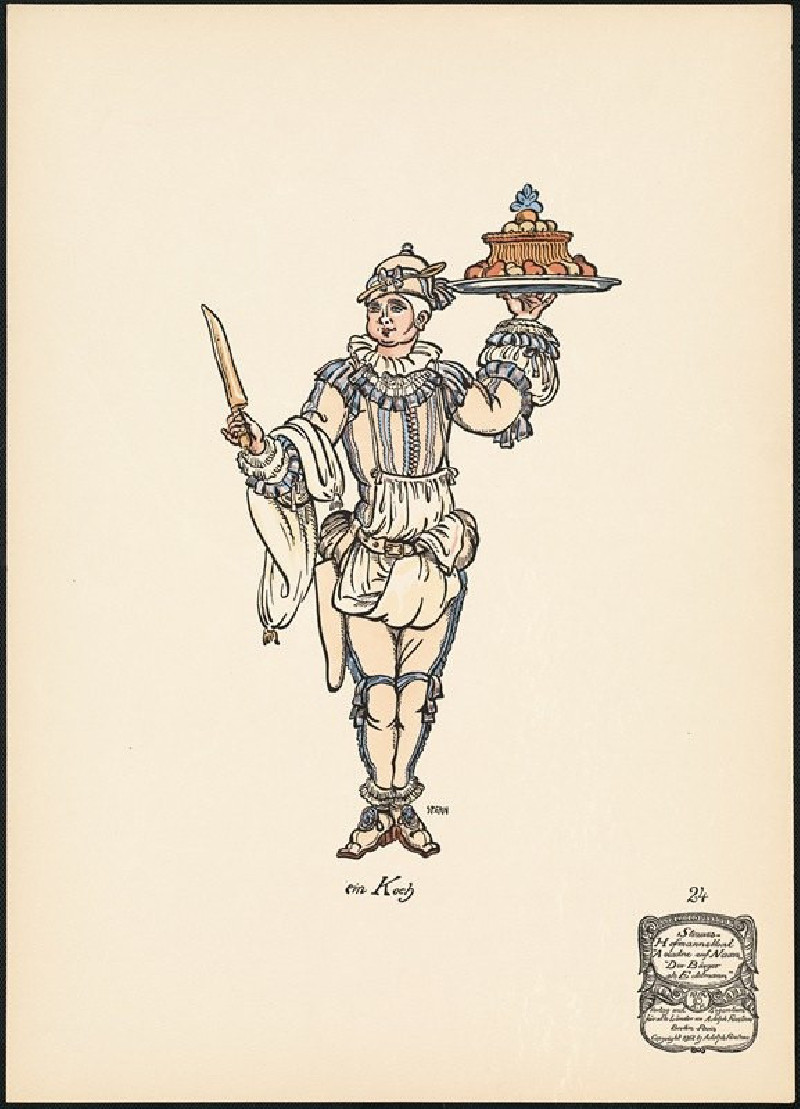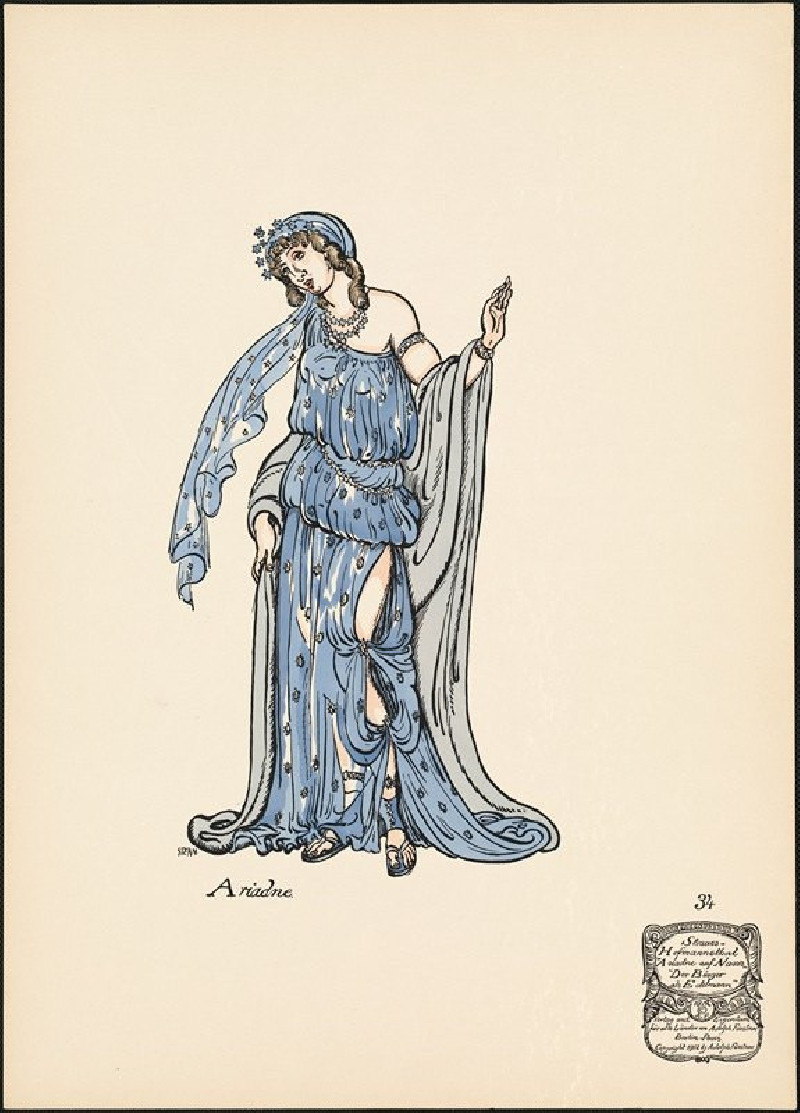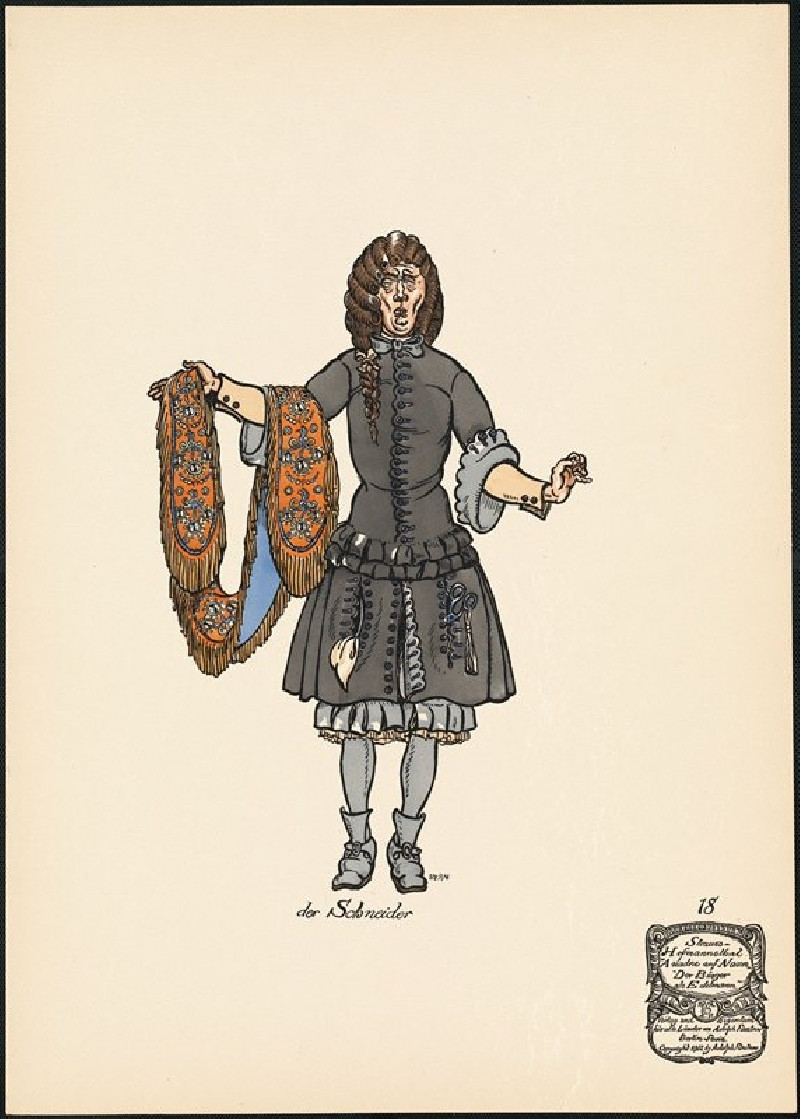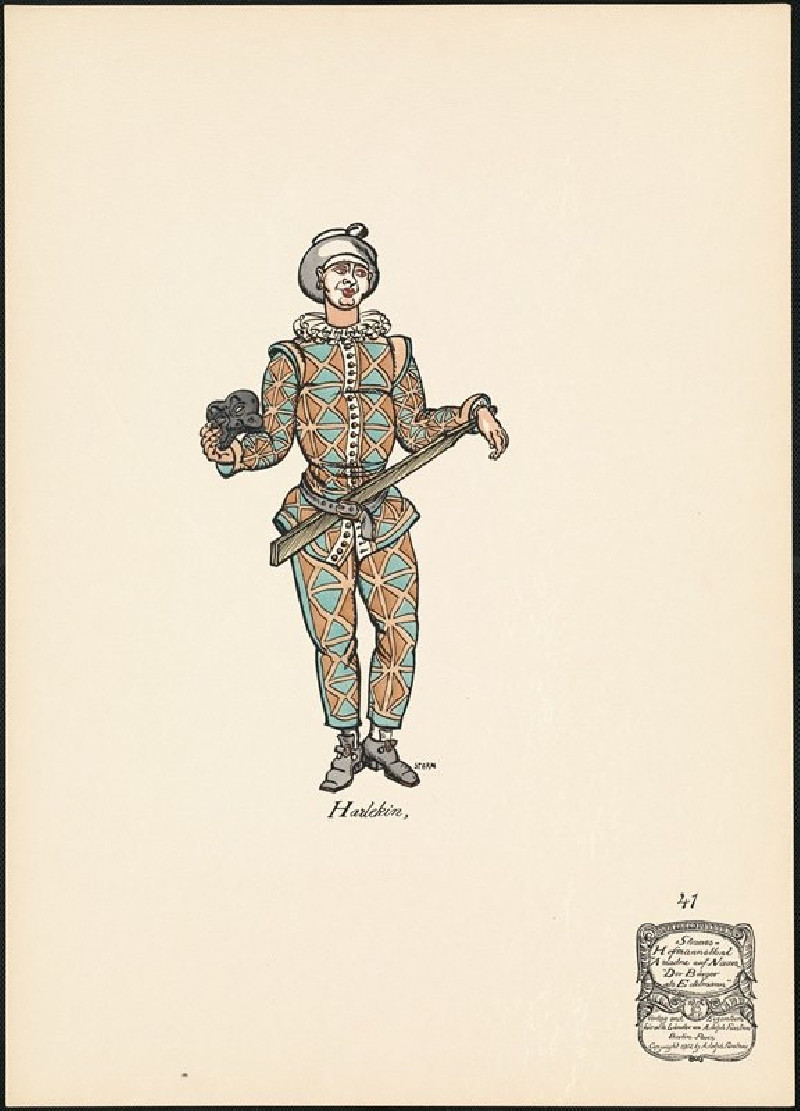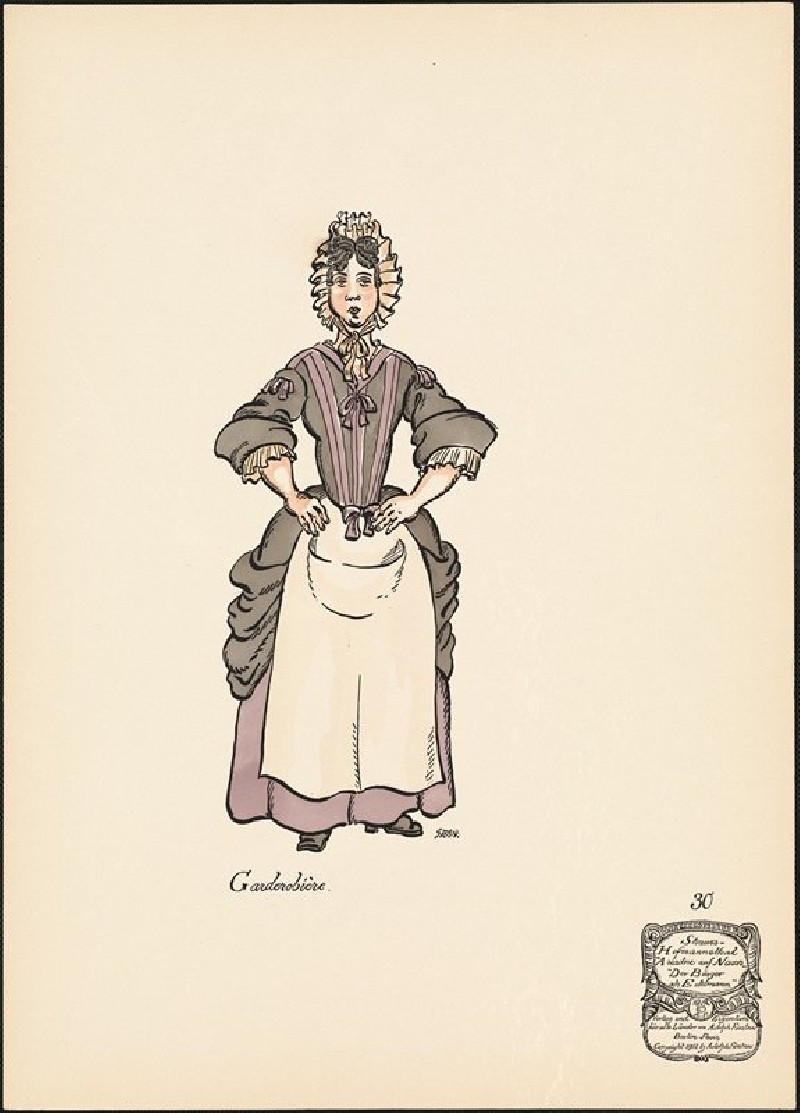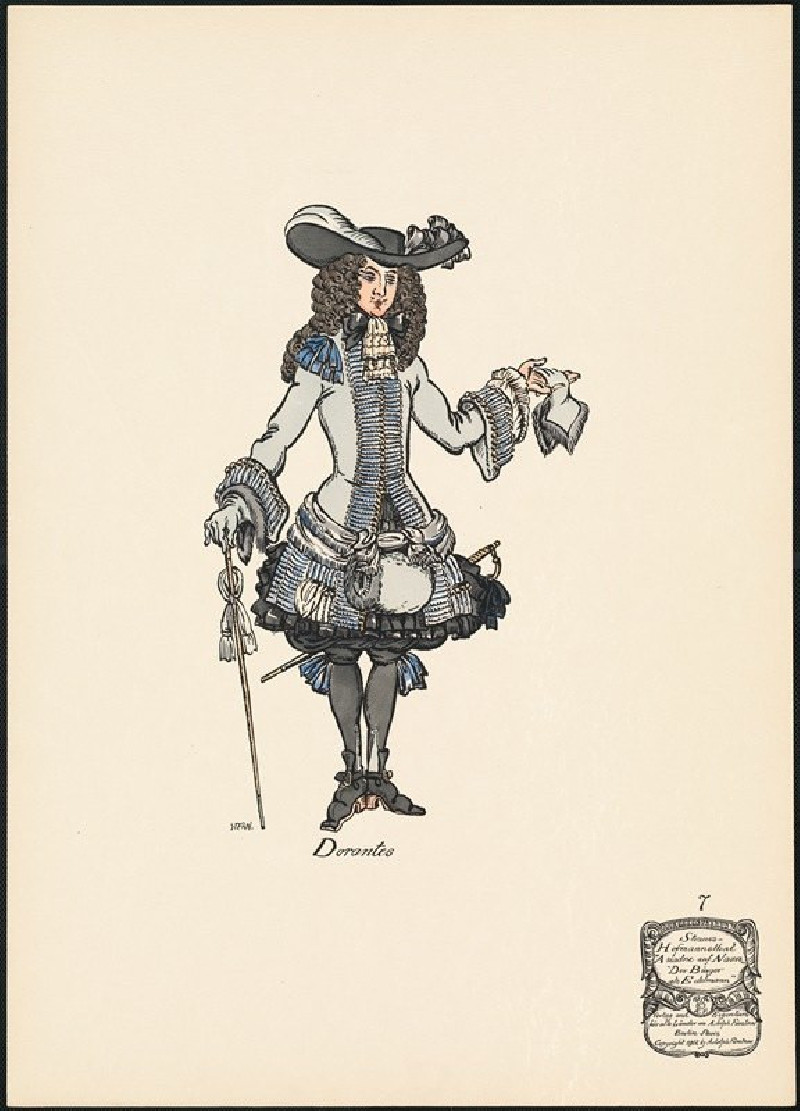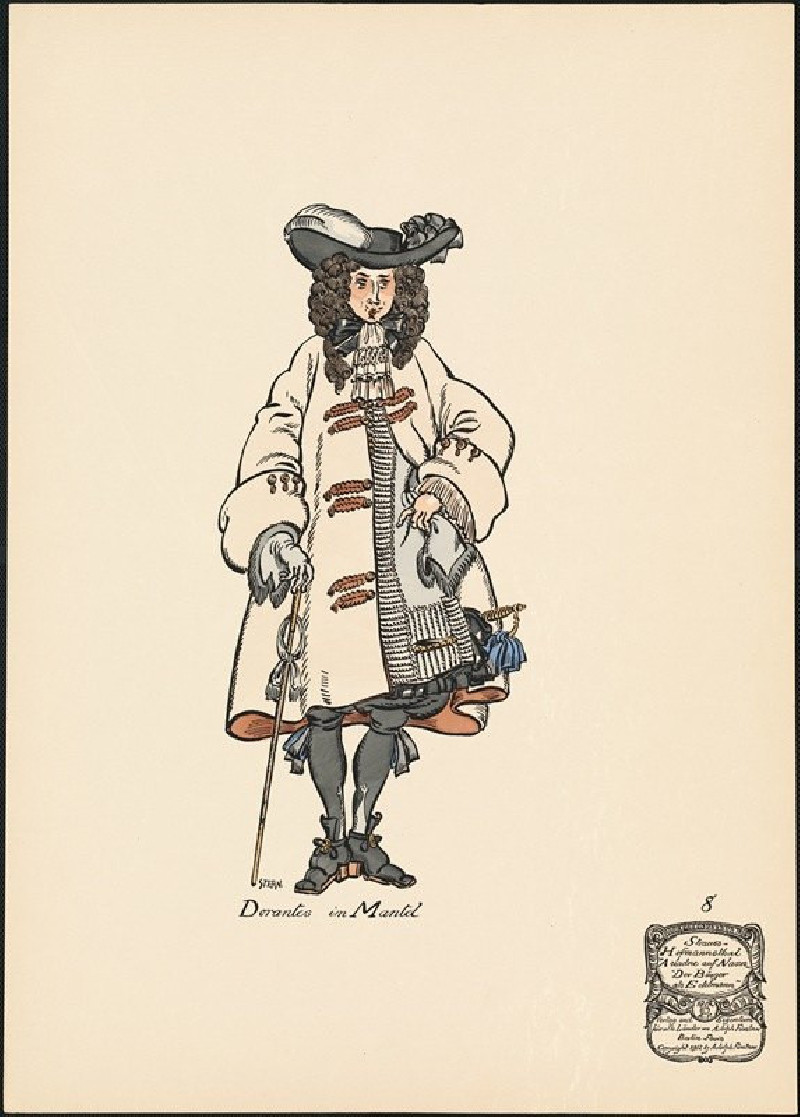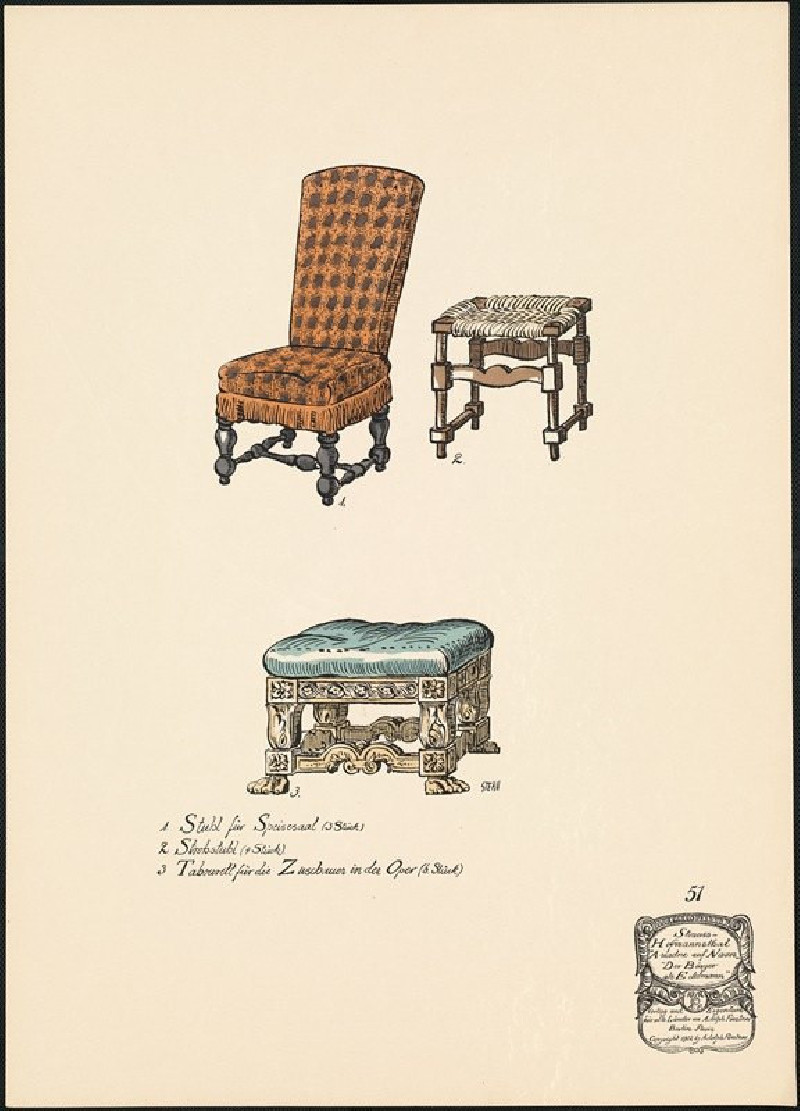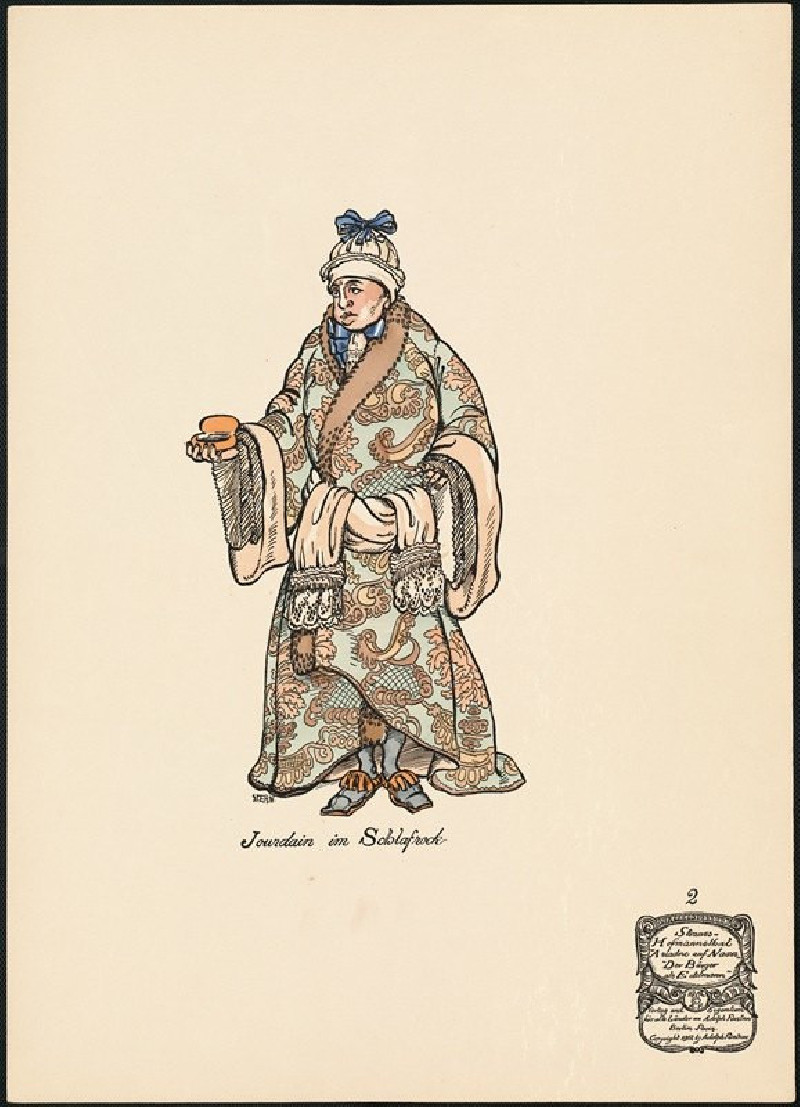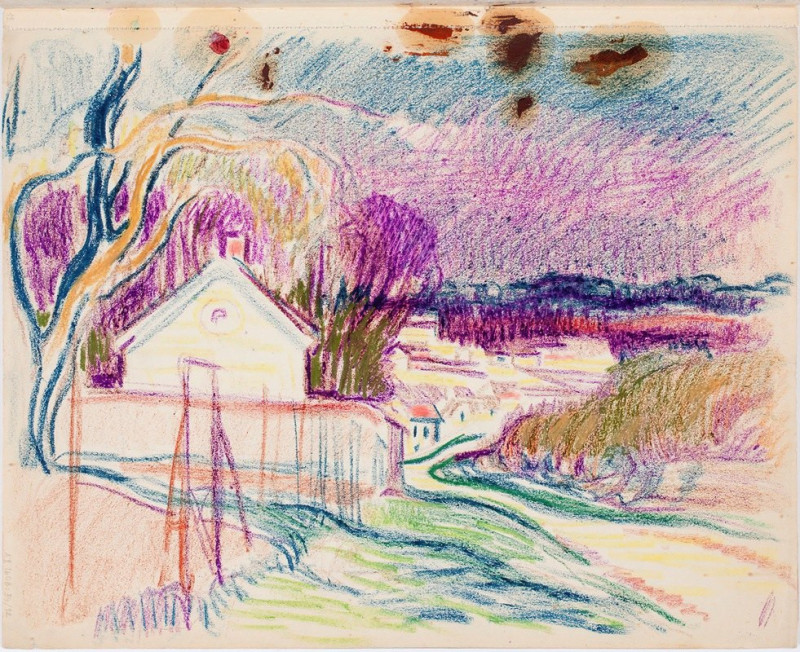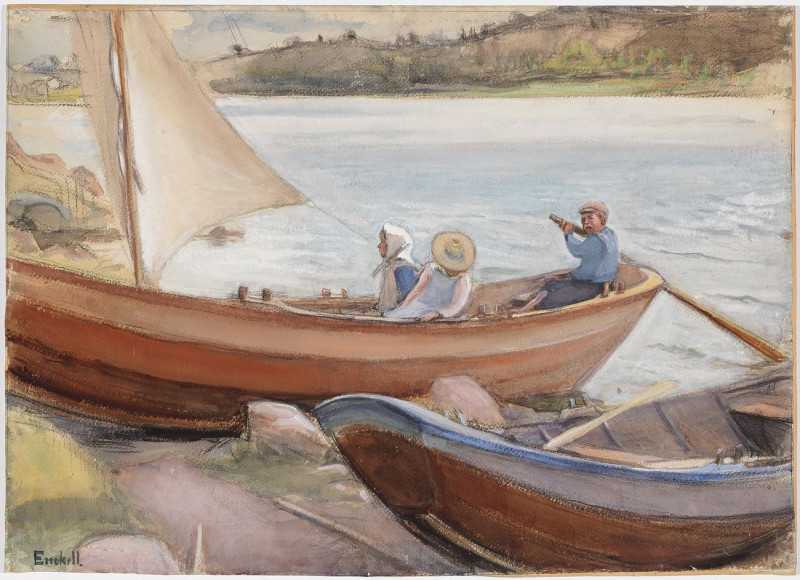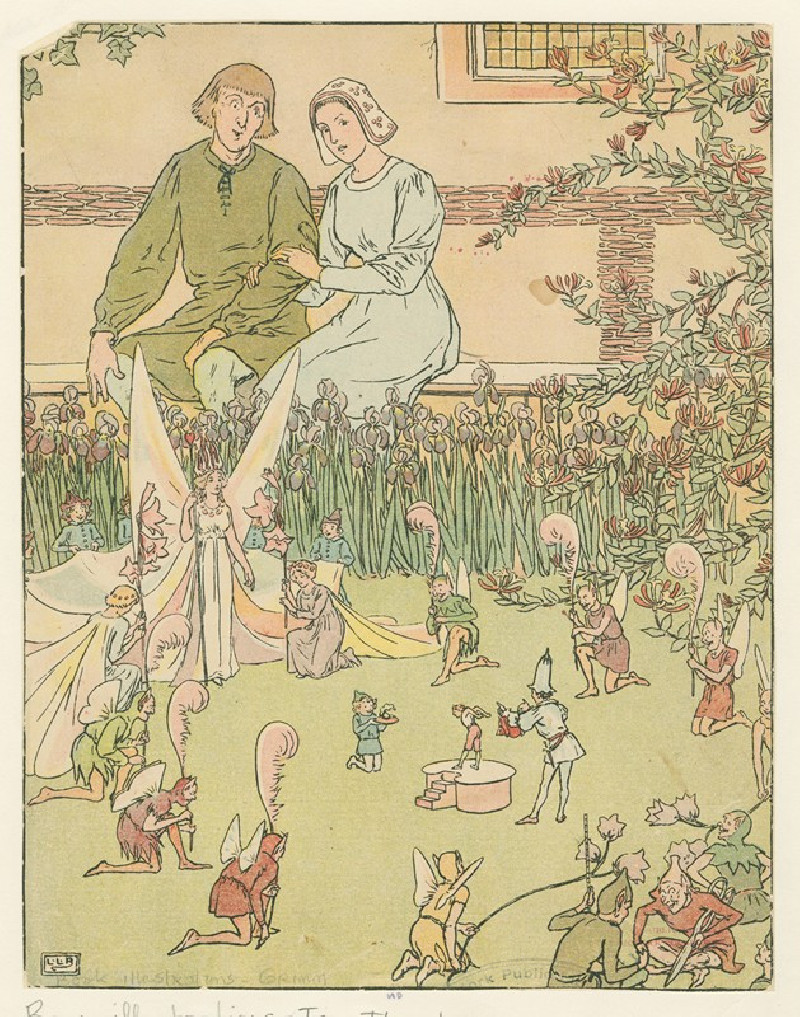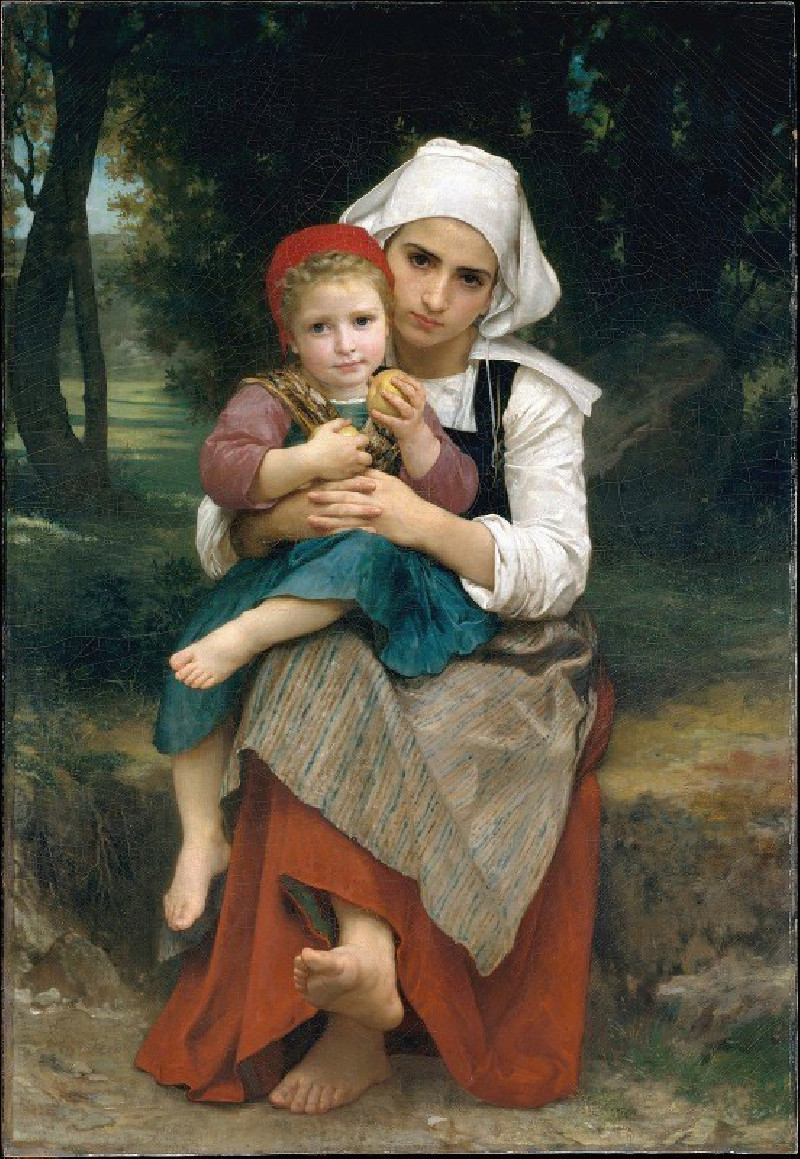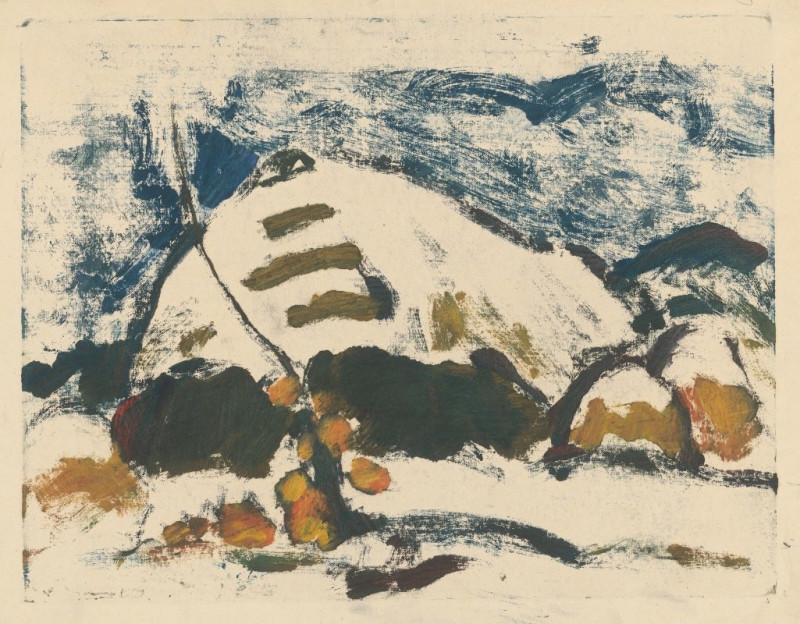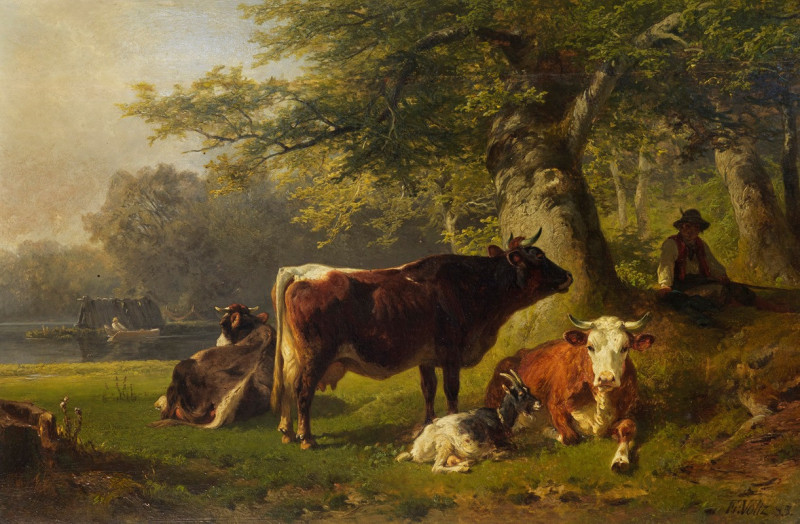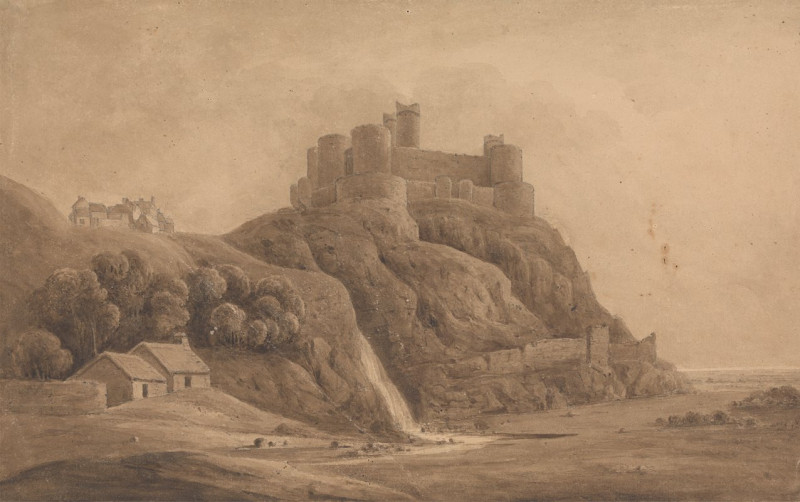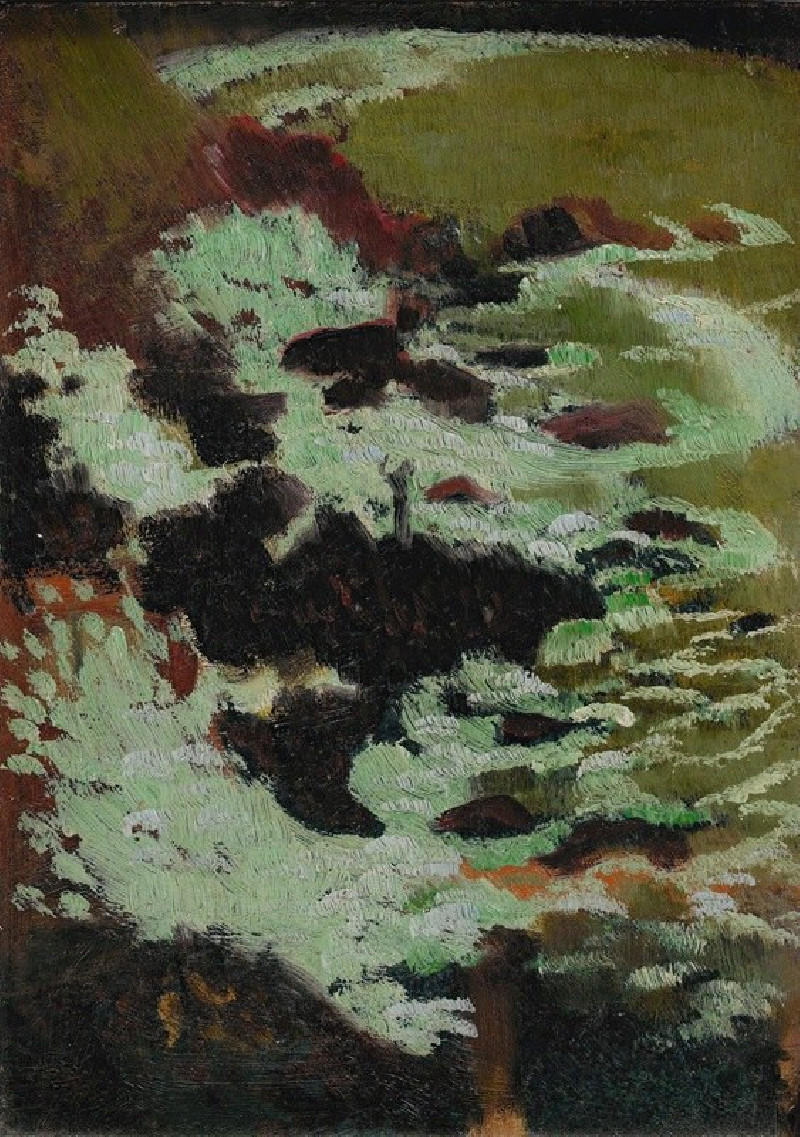Najade (1912)
Technique: Giclée quality print
Recommended by our customers
More about this artwork
Ernst Stern's captivating piece "Najade," painted in 1912, enthralls viewers with its vibrant, storybook energy and complex details. This print offers a delightful portrayal of a naiad, a water nymph from Greek mythology, depicted in an elaborate and joyous pose. Stern's use of bold, contrasting colors—brilliant blues and calming creams—adds a dramatic yet harmonic flair to the artwork.The naiad's attire is richly decorated; her dress is adorned with a flurry of ruffles, corset-like bodice, and dynamic draperies that seem to capture motion, as if swaying to a gentle watery rhythm. She stands confidently, holding a tambourine, which suggests the themes of dance and music prevalent in depictions of mythological figures. Above her head, a stunning headpiece featuring plumes enhances her majestic presence.Ernst Stern's "Najade" serves not only as a visual delight but also as an evocation of the enchanting narratives that surround mythical beings. This drawing bridges the realms of fantasy and reality, inviting viewers to step into a world where the wonders of ancient tales live on through art.


